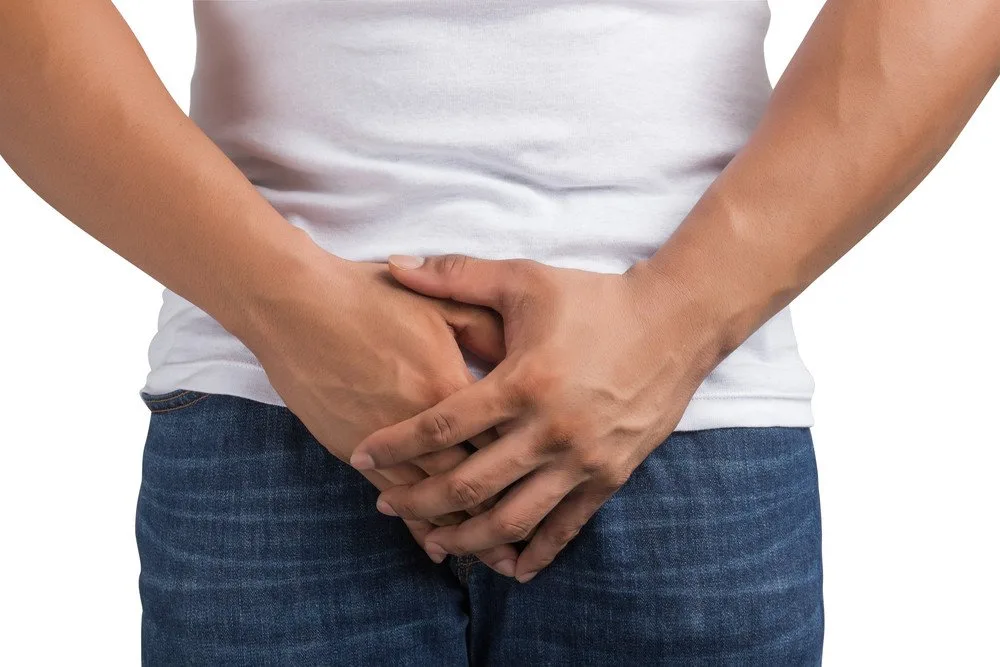Movember, an annual month-long event in November, is more than an excuse to grow a stylish mustache.
It’s a global movement dedicated to raising awareness about men’s health issues, with a particular focus on testicular cancer. I will discuss the importance of Movember and share tips for early prevention, symptoms, causes, and how men should be checking for this cancer.
Testicular Cancer in Movember
Testicular cancer, though relatively rare compared to other cancers, primarily affects young men. The good news is that it is highly treatable when detected in its early stages. However, to detect it early, men need to be aware of the causes, risk factors, common symptoms, and the importance of self-examinations.
Causes and Risk Factors
While the exact cause is still unknown, some risk factors are associated with a higher incidence. These include:
- Age: Testicular cancer primarily impacts young and middle-aged men, with the highest incidence occurring between ages 15-35. However, it can develop at any age.
- A positive family history raises the risk.
- Race: it is more common in Caucasian men than in any other racial background.
- Genetic factors: certain genetic conditions can predispose to a higher risk, for example, Klinefelter syndrome where there is an extra X chromosome in males, with resultant developmental and hormonal abnormalities, and increased cancer risk.
- Cryptorchidism: men with undescended testes are potentially at a higher risk. This condition is normally found during early childhood development and needs intervention if present. It’s so important for parents to be aware.
- Infertility: certain genetic factors/conditions that cause infertility may predispose a higher risk of testicular cancer.
Early Prevention
Understanding the potential causes of testicular cancer can help men take proactive steps to reduce their risk. Preventing testicular cancer is challenging due to its relatively unknown cause. But knowing the risk factors can certainly help. While some factors, like age and family history, can’t be controlled, men can take several steps to reduce their risk:
1. Regular Self-Examinations
Men should get familiar with their testicles. This will help them notice any unusual changes. Regular self-check can be done during a shower or bath when the scrotal skin is relaxed. Gently roll each testicle between the fingers to check for lumps or irregularities. If you notice something out of the ordinary, seek a medical opinion sooner rather than later.
2. Maintaining a healthy lifestyle
This includes eating a balanced diet and regular exercise, which reduces the risk of cancer in general. Avoid smoking and excessive alcohol consumption, as these can contribute to overall health and potentially lower the risk of many types of cancer.
3. Protecting the Testicles
Taking part in activities that could lead to testicular trauma, such as contact sports, should be done with proper protection in place to reduce the risk of injury. Trauma to the testicles is not a direct cause of cancer, but it can be associated with testicular abnormalities.
4. Early Medical Consultation
If you experience any symptoms or notice abnormalities during self-examination, it’s crucial to seek medical attention straight away. Early detection and treatment are vital to improving the chances of a successful outcome.
Common Symptoms
Unfortunately, there are no routine formal screening tests one can do to pick up testicular cancer. Being aware of the common symptoms of testicular cancer, however, plays a crucial role in early detection.
While self-examination can help, it’s also important to recognize the warning signs that might hint at problems. These include, but are not limited to:
- A lump or swelling in the testicle (most often painless). This is why regular self-examinations are so important.
- Some men may experience aching or discomfort in the lower abdomen or scrotum.
- Any noticeable changes in the size, shape, or consistency of the testicle.
- A feeling of unusual heaviness in the scrotum.
- In rare cases, testicular cancer may cause back pain or other symptoms due to the spread of cancer to other parts of the body.
- Abnormal fatigue or headaches in the case of spreading to other organs.
The Importance of Self-Examination
As mentioned earlier, regular self-examinations are an essential part of early detection, and men must become familiar with the appearance and feel of their testicles. The best way to do this is to check them regularly. To perform a self-examination:
- Stand in front of a mirror and visually inspect the scrotum for any irregularities in size, shape, or texture.
- Gently roll each testicle between the fingers to feel for lumps, swelling, or changes in texture.
- Don’t be alarmed if you notice a soft, tube-like structure (the epididymis) at the back of each testicle. This is a normal part of the anatomy. This can be sensitive to touch, but generally not painful. If painful, other conditions like infection or inflammation of the epididymis can be treatable. Once again, if you notice something abnormal, it’s best to get it checked.
- If you notice any abnormalities, lumps, or other changes, consult a healthcare professional promptly so that they can check you out properly.
Bottom line
Movember is a month for men to prioritize their health and be proactive, but this awareness should not be restricted to only one month a year.
If caught early, the chances of improving the outcome increase dramatically. So check, check, and double-check. We can and are making strides in the fight against testicular cancer and ultimately saving lives. Remember, your health is in your hands – quite literally.
Who is the author?

Dr. Adrian Rotunno
Dr. Adrian Rotunno is a Sports and Exercise Medicine (SEM) Physician and Virgin Active South Africa‘s expert on men’s health.
His sporting achievements include his SA National and provincial swimming colors.





![women [longevity live]](https://longevitylive.com/wp-content/uploads/2020/01/photo-of-women-walking-down-the-street-1116984-100x100.jpg)










